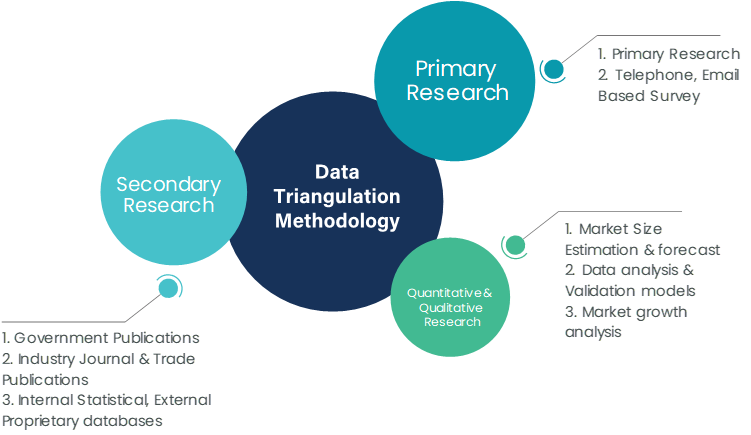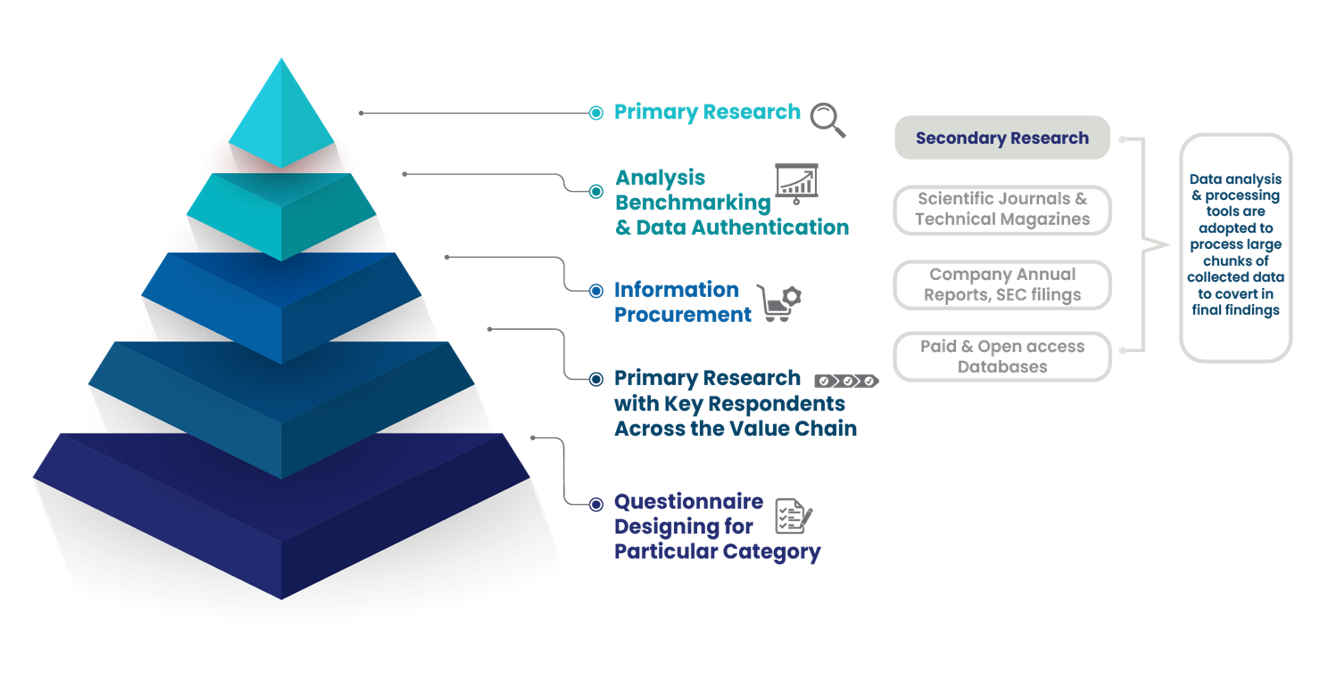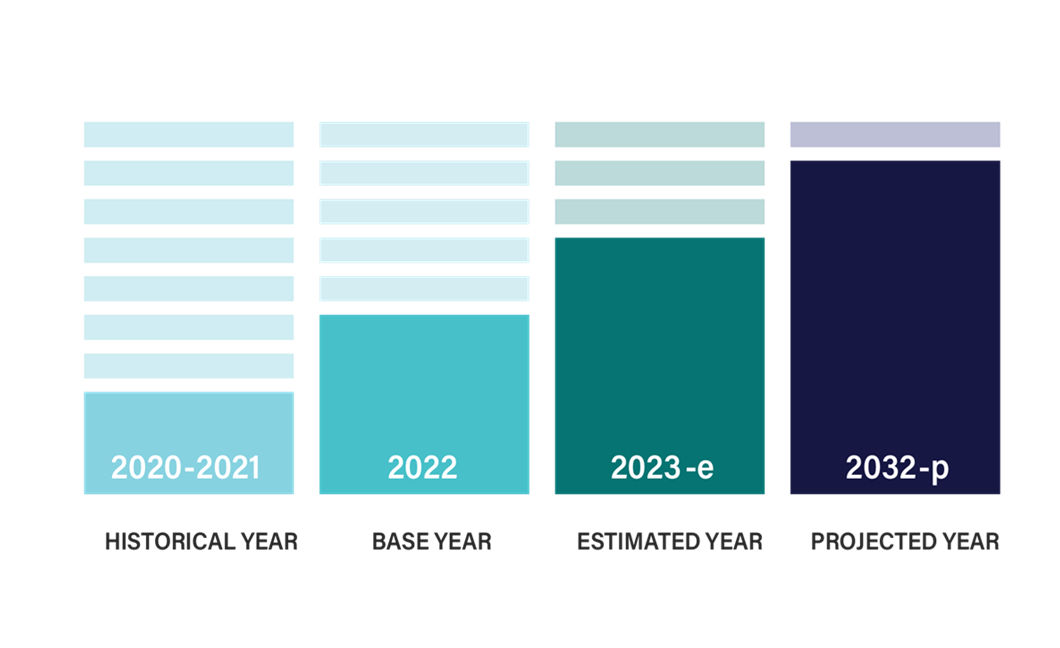

The global smart locker market is experiencing rapid growth, driven by the increasing need for secure, efficient, and contactless package handling and storage solutions. Smart lockers offer a streamlined approach to last-mile delivery, storage, and asset management, making them ideal for various sectors, including logistics, retail, corporate, and residential environments. International Market Research (IMR) projects that the market will witness significant expansion between 2024 and 2031 due to technological advancements, growing e-commerce demand, and the rise of smart cities.
Market Overview
In 2023, the global smart locker market was valued at approximately USD 850 million. IMR forecasts that this figure will rise to around USD 1.8 billion by 2031, representing a compound annual growth rate (CAGR) of approximately 9% over the forecast period. The increasing adoption of smart lockers for efficient parcel management, coupled with expanding use cases across diverse industries, is expected to fuel market growth.
Key Market Drivers
Market Segmentation Analysis
The smart locker market can be segmented based on type, application, end-user, and region.
The Prominent/Emerging Players in the Smart Locker Market Research include:
• KEBA
• RICOH
• CLEVERON
• DIGILOCK
• MOBIIKEY
• QUADIENT
• ASSA ABLOY
• LOQIT B.V.
• TZ LIMITED
• ELOCKER LTD
• SNAILE INC.
• LOCKTEC GMBH
• HOLLMAN, INC.
• PACKAGE NEXUS
• YOUR WORKSPACE
• AMERICAN LOCKER
• PITNEY BOWES INC.
• BELL AND HOWELL LLC
• GIBRALTAR INDUSTRIES
• YELLOWBOX CO PTY LTD
• MODERN OFFICE SYSTEMS.
• METRA INŽENIRING D.O.O.
• PARCELPORT SOLUTIONS, I
• SHENZHEN ZHILAI SCI AND
Key Insights
Challenges
Future Outlook and Opportunities
Looking forward, the smart locker market is expected to maintain strong growth, driven by the continuous evolution of e-commerce, urbanization, and technology advancements. IMR projects that innovation in smart lockers will likely focus on enhanced security features, sustainability, and improved user experience. With an increasing demand for secure and efficient package handling solutions, there is significant opportunity for market leaders to expand their offerings in both developed and emerging markets.
In Asia-Pacific, rapid urbanization and rising disposable incomes are creating a favorable environment for smart locker adoption, particularly in residential and retail sectors. Moreover, as companies across the world focus on reducing carbon footprints, smart lockers are positioned as an eco-friendly alternative by minimizing failed delivery attempts and lowering logistics costs.
Conclusion
The global smart locker market, valued at around USD 850 million in 2023, is projected to reach approximately USD 1.8 billion by 2031, growing at a CAGR of 9%. The rising demand for secure, contactless solutions in e-commerce, along with increased adoption in smart city projects, is expected to propel market growth. With advancements in technology, including AI, IoT, and data analytics, smart lockers are becoming increasingly sophisticated, offering a range of applications across industries.
As companies and governments worldwide invest in smart city infrastructure, the smart locker market will continue to expand, meeting the evolving needs of modern urban lifestyles. IMR anticipates that market players who prioritize innovation, data security, and affordability will be well-positioned to capitalize on this growing market demand.
International Market Research follows a comprehensive research methodology dedicated to offering the most accurate market estimation and analysis. It leverages a data triangulation methodology to estimate the market dynamics and deliver precise estimations. The company exploits a combination of top-down and bottom-up approaches for classifying and assessing quantitative aspects of the market.

This research study is based on exhaustive quantitative and qualitative analysis.
The Quantitative analysis involves numerous models, mathematical tools, projection, and sampling techniques. It encompasses the following steps:
Recognize market variables and derive market size.
Valuation of prospects, opportunities, and market penetration rates by analyzing Application Predictive Maintenance Solutionzation, regional trends, etc.
Gauge historical market trends and derive present and future year-on-year growth trends
The qualitative analysis covers briefing about market dynamics and business opportunities and strategies. Lastly, all the research findings are authenticated over interviews with in-house industry experts, freelance consultants, and key opinion leaders, etc.


The preliminary raw data and relevant information are acquired via different sources such as secondary findings, trade surveys, and in-house repositories. Technical issues and trends are attained from technical symposia, surveys, and trade journals. Market dynamics such as driving factors, restraints/challenges, pricing trends, and opportunities are also collected using extensive secondary research via paid and open access data sources.
This info is then filtered to make sure that the related data including market trends, industry dynamics, and outlook is retained for the further research End-user. Data is constantly filtered to confirm that only authenticated sources are measured.
It comprises analysis & mapping of all the data gathered from the above step. It also includes the analysis of data differences observed across numerous data sources and arrives at final data points to be used for final calculations.
This step involves data End-user using various models, mathematical tools, projection, and sampling techniques to derive market findings. It also involves the placement of data points at suitable market spaces to gather viable conclusions.
Market estimates and forecasts are derived via simulation models. Collected data for market dynamics, Propulsion Type sets, pricing trends, and Type development is fed into the model and evaluated simultaneously. These factors are studied on a comparative basis, and their influence over the prediction period is quantified by means of regression, correlation, and time-series exploration. Analyst viewpoint & subject matter expert-based heuristic form of market sizing also plays an essential part in this step.
Some of the parameters measured as a part of the statistical model are:
Macro-economic indicators
Micro-economic indicators
Socio-political indicators
Environmental indicators
Propulsion Type indicators
Validation End-user aids to finalize data points to be used for final calculations. Primary Interviews are conducted to authenticate the data and analysis.
Primary research includes questionnaire-based research, email interactions, online surveys, and telephonic interviews. Interviewees are approached by prominent companies across the value chain including suppliers, Propulsion Type providers, domain experts, and buyers to ensure a holistic and unbiased picture of the market.
Industry participants involved in this research study include:
CEOs, VPs, market intelligence managers
Procuring and national sales managers technical personnel, distributors, and resellers
Research analysts and key opinion leaders from various domains
Our research methodology includes an ideal combination of primary and secondary initiatives.

Source: International Market Research Analysis, 2024
It involves company databases such as Hoover's: This assists us to recognize financial information, the structure of the market participants, and the industry competitive landscape.
The secondary research sources referred to in the End-user are as follows:
Supply Chain and Inventory Managemental bodies, and organizations creating economic policies
National and international social welfare institutions
Company websites, financial reports and SEC filings, broker and investor reports
Related patent and regulatory databases
Statistical databases and market reports
Corporate Presentations, news, press release, and specification sheet of Manufacturers
Open access and paid data sources:
Eurostat
Statista
OneSource
Plastemart
WHO and World Bank
ITU
Factiva
Hoovers
Primary research includes online surveys and telephonic interviews.
Means of primary research: Email interactions, telephonic discussions, and questionnaire-based research, etc.
To validate our research findings and analysis, we conduct primary interviews of key industry participants. Insights from primary respondents help in validating the secondary research findings. It also develops Research Team’s expertise and market understanding.
Industry participants involved in this research study include:
CEOs, VPs, market intelligence managers
Procuring and national sales managers technical personnel, distributors, and resellers
Research analysts and key opinion leaders from various domains
We employ of following parameters in the absence of concrete data sources:
We assign weights to various parameters and quantify their market influence with the help of weighted average analysis, to derive an expected market growth rate
Income distribution, purchasing pattern, per capita income, and other end-user associated parameters
GDP, inflation rate, per capita disposable income, etc.
Expenditure, financial policies of the country, infrastructure and sector growth, and facilities

Source: International Market Research Analysis, 2024
International Market Research(IMR) is global leader in Market Research & Consulting services.